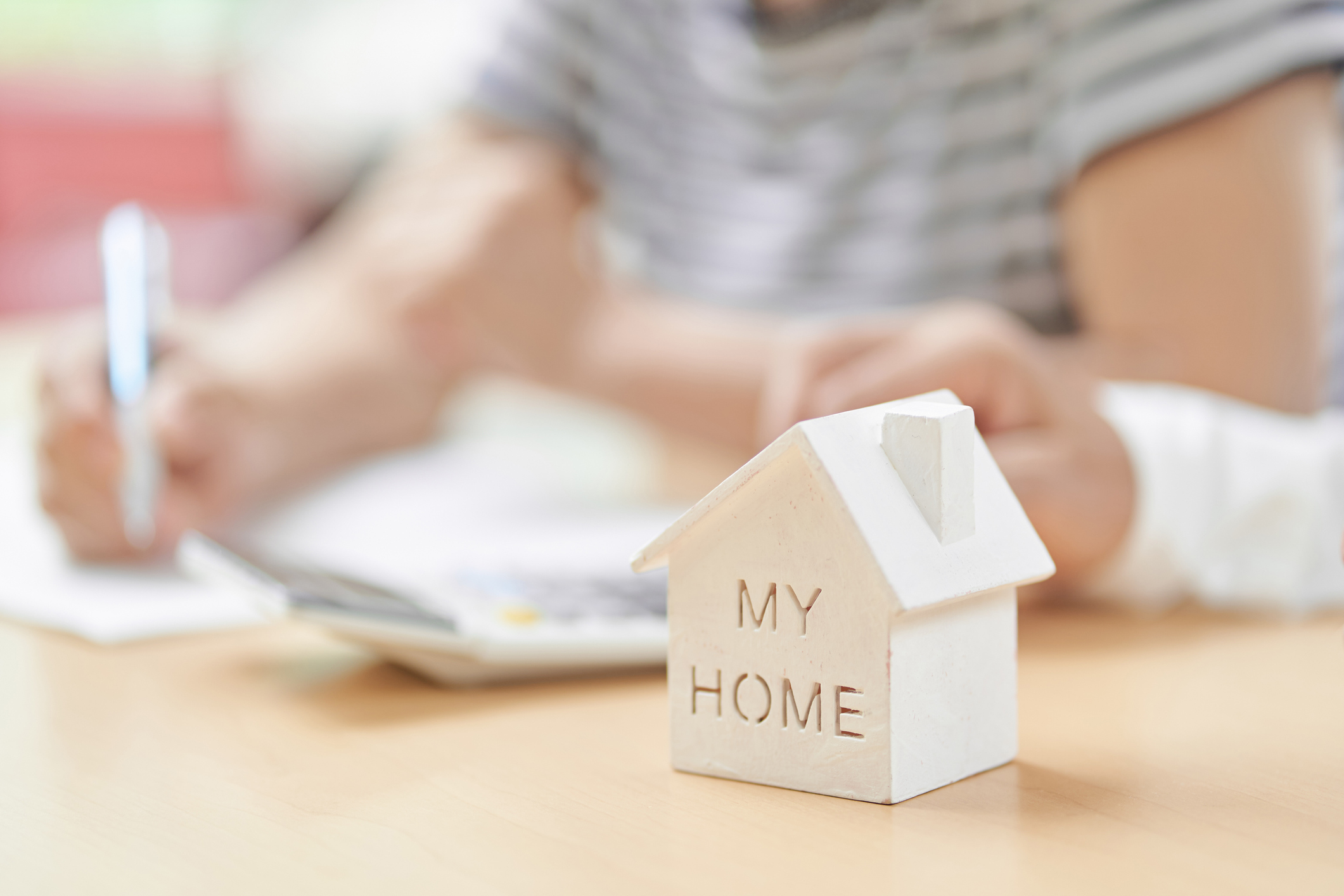When asked, the vast majority of adults over 50 say they wish to remain in their home – to age in place, for as long as possible. But a 2022 University of Michigan National Poll on Healthy Aging shows that only 15 percent of older adults surveyed said they had given much consideration to how their home might need to be modified as they age, and 47 percent reported giving it little to no thought.
Because many family homes are two stories and may have narrow hallways, there are significant challenges for aging adults to remain in place if they experience unexpected medical events like a fall or stroke that cause mobility problems. Declining health in old age can also make it difficult for seniors to climb stairs, prepare meals, shop, clean, or maintain their homes and property.
Although the Michigan poll shows 88 percent of adults aged 50 to 80 believe it’s important to age in place, 48 percent of older persons who live alone said they don’t have someone they could rely on to help with personal care like bathing or dressing if needed. Only 19 percent of older adults said they felt confident they could afford to hire someone to help with household chores, grocery shopping, personal care or financial management.
The poll reveals the importance of planning for the future early and proactively, especially for older adults who don’t have a nearby support network. Communicating aging goals with loved ones and researching local health care and social services providers before they are needed is vital to prepare to age in place successfully. Investing in home improvements that promote safe mobility, installing safety devices, and utilizing technology early help ensure independent living. Taking steps before they are needed in a crisis can allow seniors to continue to thrive while aging in place.
The Michigan survey also asked about specific features and technologies older adults had to support aging in place. Although 88 percent had a main-floor bathroom and 78 percent had a bedroom on the main floor, only 32 percent said they had grab bars in the bathroom, and fewer than 10 percent had safety technologies such as stove alarms or personal emergency response systems. Just 7 percent reported having a barrier-free shower, and 9 percent said their home was so cluttered it was difficult to use the main rooms – all issues that increase the risk for falls and injury significantly.
Read more about the National Poll on Healthy Aging here. To learn where to access local community services for older adults, dial 2-1-1 or call your local agency on aging.







Add Your Voice
0 Comments
Join the Discussion